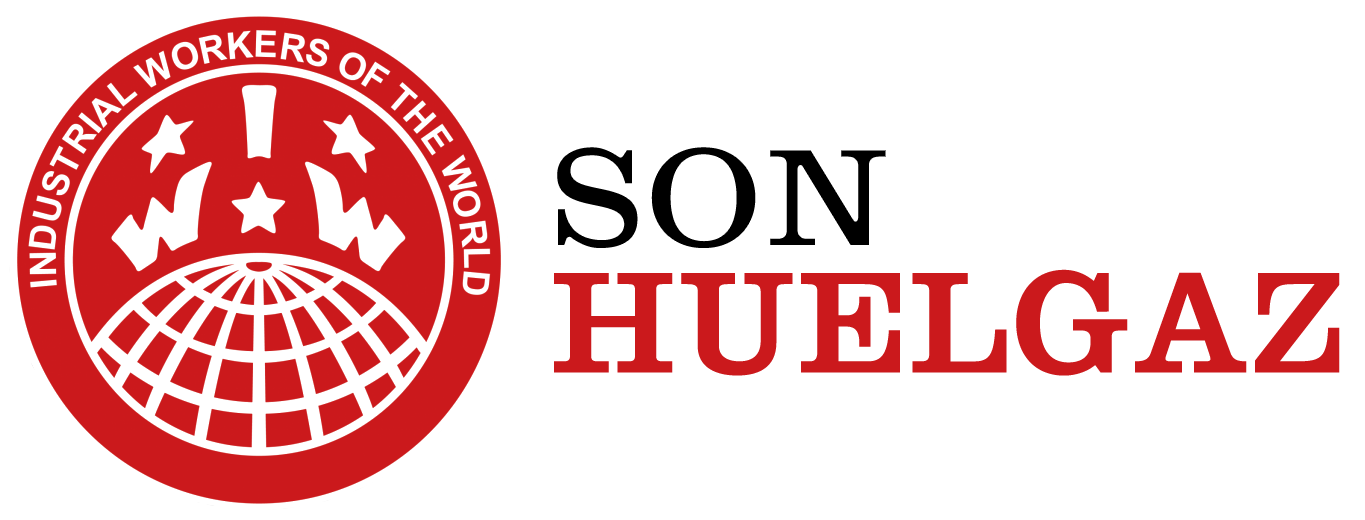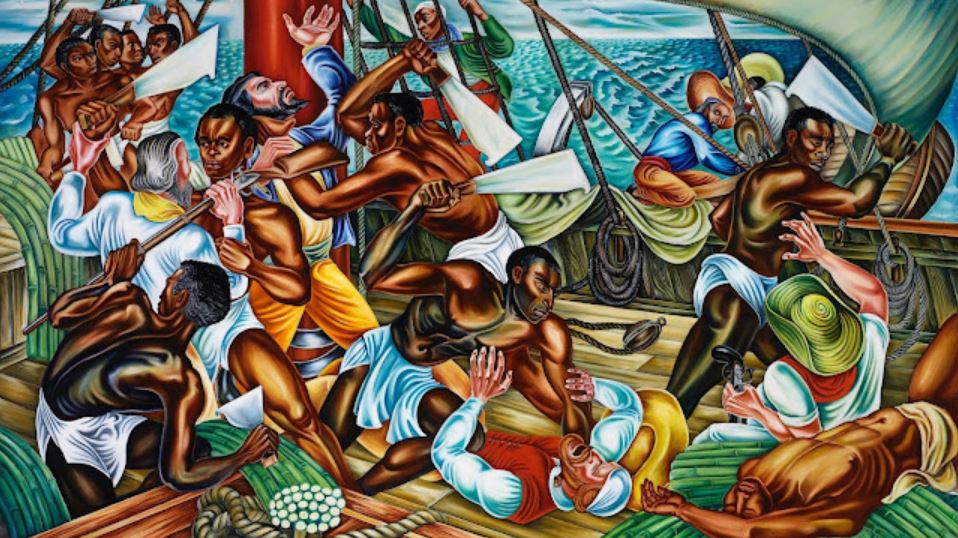
by: CJW, Tucson IWW
If someone were to tell you that there is a bitter war taking place right now in every city, town, and hillside in America, you would probably laugh in their face. “The United States has not had its borders touched by a real war since the bombing of the Pearly Harbor!” you might exclaim. And, true as that may be, dear Reader, still, I say to you that this is exactly what is going on: we are engaged in war right here in your hometown. For years, a cruel and vile CLASS WAR has been taking place right in front of our eyes.
What is CLASS WAR? The word ‘war’ implies explicit mass violence, like a CIVIL WAR or a WORLD WAR. In a CIVIL WAR, combatants from within a single state violently clash, and in a WORLD WAR combatants from enemy states violently clash. The CLASS WAR is not technically a world war even if it may concern foreign combatants and take place on a global scale, and it is not technically a CIVIL WAR even if it may involve internal strife. The CLASS WAR is a kind of conflict much closer to a COLD WAR.
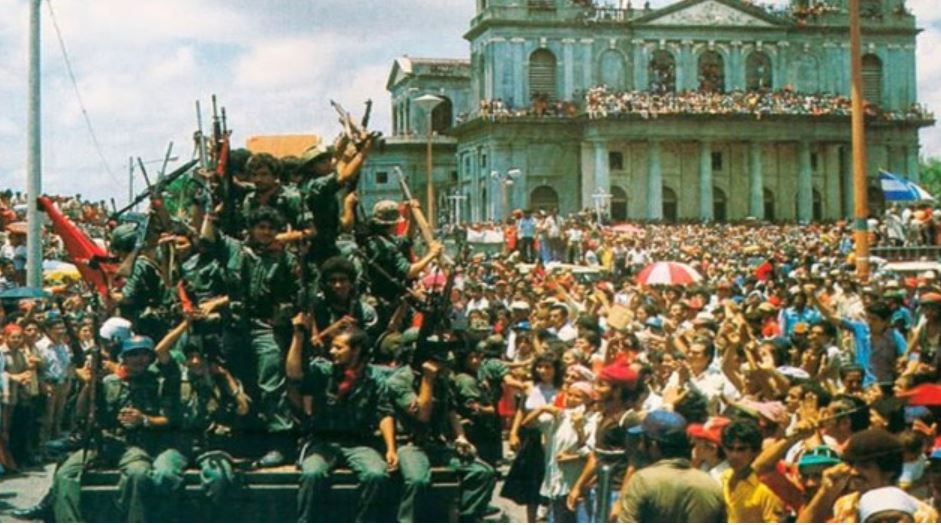
For much of the 20th century, the United States government was engaged in a ‘cold war’ against World Communism as made manifest by the US’s ultimate enemy, the Soviet Union. The period in which we say this cold war took place spans from roughly the end of WWII to the collapse of the USSR at the start of the 1990’s. This type of war is defined not by constant battle between the two sides (as one would expect of war), but instead by a thin veil of ‘peace’ which hides the frequent outright combat. There was at all times during the cold war an ardent tension between the US and its Communist enemies that was so immense we are comfortable calling it ‘war.’ At some moments, this bubbling tension would explode into horrific violence (look overseas to the Vietnam and
Korean wars, the attacks on the Sandinistas in Nicaragua, to name just a few examples) – but never did there come an ultimate clash where the US battled the USSR, defeating Communism once and for all. In a ‘cold war,’ we allow the term ‘war’ to denote a more nuanced conflict where combatants are constantly maneuvering against one another, even if there is no outright violent battle being fought. This is also the nature of CLASS WAR.
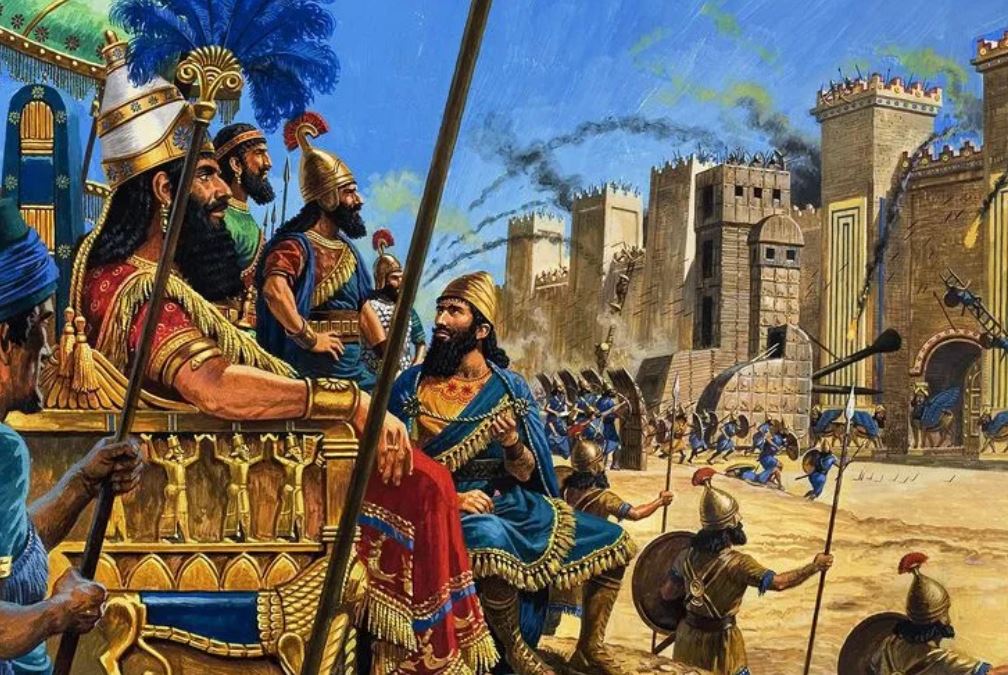
A CLASS WAR is not a battle between nations or political bodies, but between SOCIAL CLASSES. There are, of course, a number of socio-economic classes within any society; you’ll hear people use terms like the “political class”, the “oppressed”, the “artisans”, the “merchant class”, etc. But this war is being fought by two broad, antagonistic classes: the WORKING CLASS and the OWNING CLASS.
Among the people of our society, there is an important difference between those of us who sell our labor for a wage or salary (i.e. the vast majority of human beings), and the relatively small number of people who OWN AND CONTROL the land, the factories, the infrastructure, the banks, and all necessary elements for capitalist production. In the minds of the owning class, it is their prerogative to organize the workplaces and the industries however they see fit. Think of the absurdity of this! Imagine if our government had a small board of unelected managers whose word was law. On second thought, perhaps we do not have to imagine much…
The Reader must understand here that “working class” is not just a synonym for “poor” and “owning class” is not another way of saying “rich.” While it is true that a majority of working class people might be barely surviving off of inhumane wages and that members of the owning class have access to all manner of luxury, money is not what defines the working class and the owning class. It is the other way around.
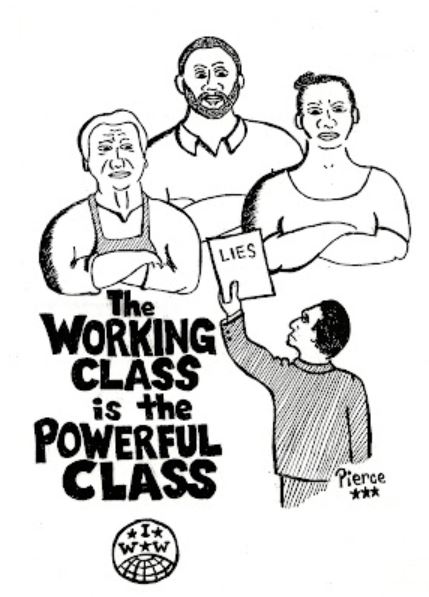
Those grand commanders like Jeff Bezos and Elon Musk are only as rich as they are because they are owning class. Because they own and control vast swaths of property, warehouses full of machinery, and skyscrapers dedicated to controlling investment capital, they exploit this ownership to render even greater gains. Of course the owner must have an initial injection of money to even start the process, but, as we know, Bezos started his evil empire from a garage. But Bezos made his profits from hiring others to work for him. He kept the difference between how much wealth they generated for the company and how much he paid them in wages. In order to turn a profit, the owning class needs a workforce who gets paid less than they earned. And it goes without saying that the owning class is deeply interested in keeping the affairs of managing production to themselves, with no say from the workers who generate all this profit from their daily toil.
The reason for this controlling obsession is simple: if the bosses cannot control their workplace down to the slightest detail, then they may not be able to secure maximum returns from their workers. It is, then, not the amount of money that defines these two classes but their relationship to production as workers or owners.
As an aside for those interested, this perspective on class is a very orthodox Left-wing position taken from the early Socialists of the latter half of the 19th century, and the start of the 20th. Consequently, the term “owning class” is used here instead of “employing class”, as the IWW likes to call them, or any other term because it is to the Author the most concise description of the class relation. The owning class is the employing class, but the term “owning” gets across the thing that makes class distinction meaningful; that is, the relationship to production. The owning class has a relationship of control and ownership over production, and their ability to employ is only the result of this ownership.
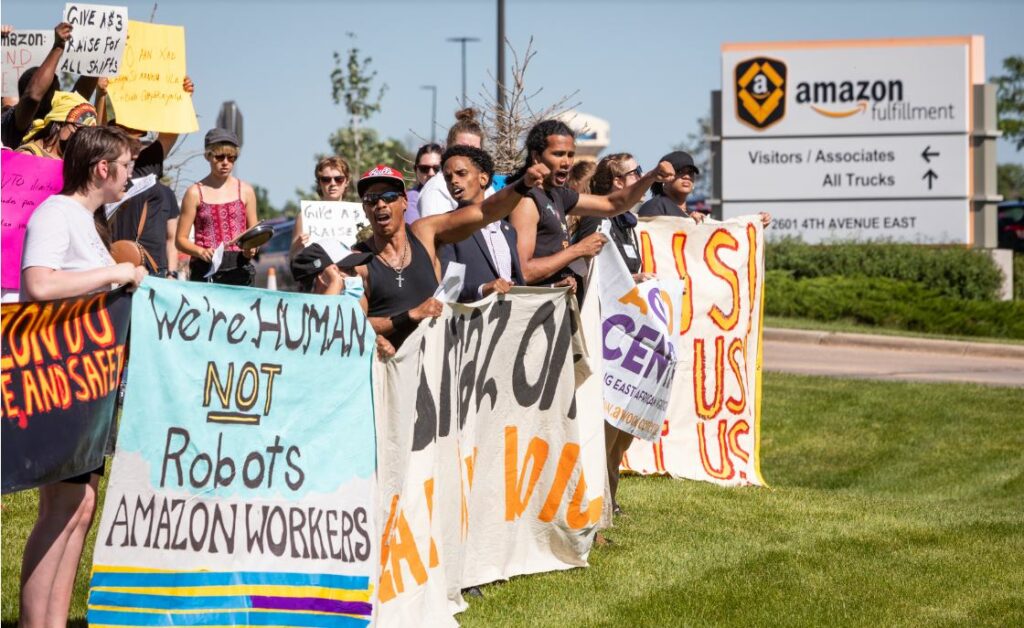
Because it is the express purpose and legal duty of the owning class to reap as much return on their investment as possible, there is always a drive among this class to cut production costs. They do this in many ways, but the time-tested standard is to cut workers’ wages, living conditions, safety conditions, insurance, benefits, etc. Take for example Amazon, who monitors every warehouse worker and driver to make sure they never spend a second of “Time off Task,” their Taylorist innovation for deleting breaks. As a result, it has become unwritten policy that delivery drivers should not take bathroom breaks and should instead urinate in bottles. This is a direct logical conclusion of an owning class whose express purpose is to maximize returns by minimizing workers’ humanity and converting them entirely into profit printers without thoughts, needs, or feelings. This country and its people have been deeply damaged by the horrific consequences of CLASS WAR.
In closing Part 1 of this essay, understand this, Dear Reader, that unless you happen to own an Amazon warehouse, THERE IS A WAR BEING WAGED AGAINST YOU. If this is true, then I ask you, Reader, how do you feel, knowing that there is a CLASS in your society who sees you as their enemy?
They are waging this war against you and your class. Will you fight back?
Thank you, Dear Reader. Look for “What is CLASS WAR? Part 2” shortly.
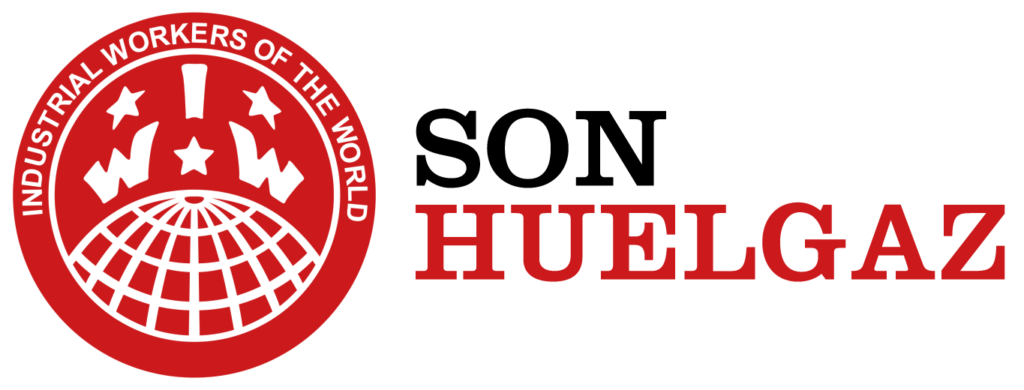
***
